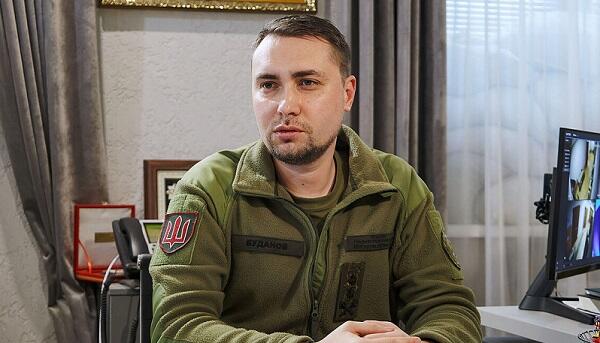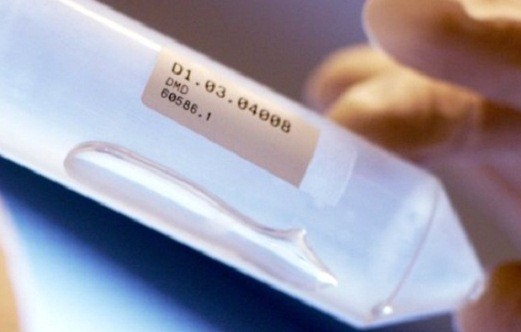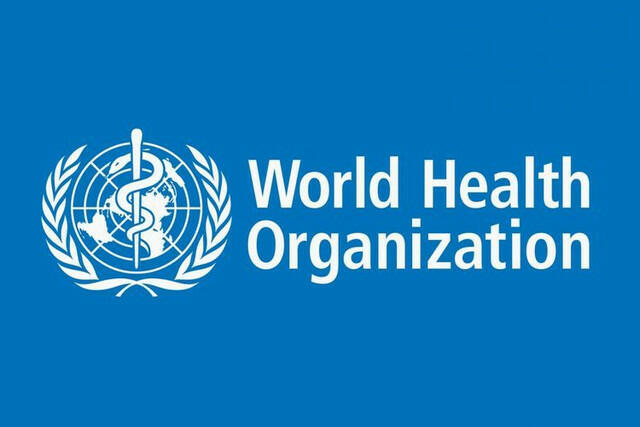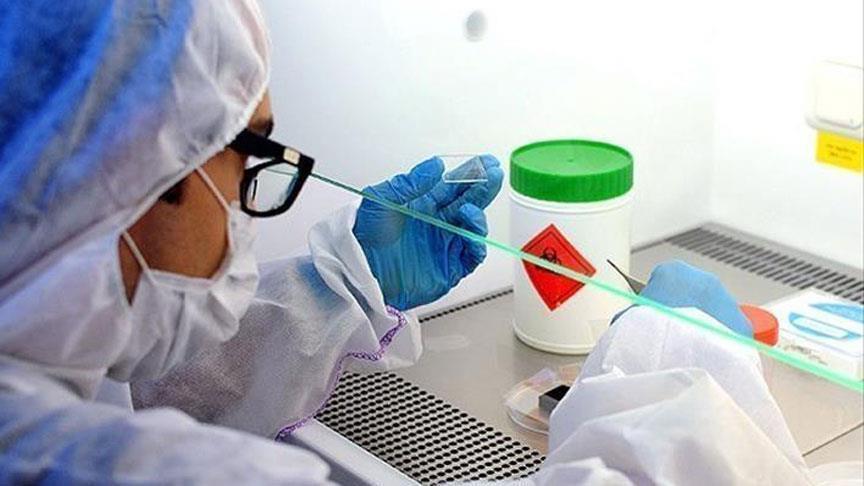U.S. researchers announced Thursday the design and construction of a minimal synthetic bacterial cell that contains only the genes necessary for life, a breakthrough that may help better understand the secret of life.
Genome research pioneer Craig Venter`s team shocked the world in 2010 by creating the first synthetic cell in human history and now they went further to simplify and reorganize the cell`s genome to retain only 473 genes, making it the smallest genome of any organism that can be grown in laboratory media.
"The only way to answer basic questions about life would be to get to a minimal genome, and ... probably the only way to do that would be by trying to synthesize a genome," Venter told reporters in explaining the origins of the study, which was published in the U.S. journal Science.
Their quest to do this began about 20 years ago, only briefly interrupted because Venter and his team took time off to sequence the first human genome at the turn of the century.
Then, in 2010, they synthesized the genome of a bacteria know as Mycoplasma mycoides and transplanted it into the cell of a different species to create the first self-replicating, synthetic bacterial cell, which they called Syn 1.0.
The groundbreaking research provided proof of principle that genomes can be designed in the computer, chemically made in the lab, and transplanted into a recipient cell to produce a new, self-replicating cell controlled only by the synthetic genome.
In the new study, researchers J. Craig Venter Institute and Synthetic Genomics reduced the genome of the synthetic cell down to genes considered essential for life.
The new minimal synthetic cell, called Syn3.0, contains 531,560 base pairs and just 473 genes. By comparison, Syn1.0 has 1.08 million base pairs and 901 genes.
However, the precise biological functions of 149 of the Syn3.0`s genes remained undiscovered.
"We`re showing how complex life is, even in the simplest of organisms," Venter said.
The researcher believed these cells would be a very useful chassis for many industrial applications such as biochemicals, nutrition, agriculture, or creating medicines and biofuels.
"Our long-term vision has been to design and build synthetic organisms on demand where you can add in specific functions and predict what the outcome is going to be," said Daniel Gibson, vice president for DNA Technologies at Synthetic Genomics. "I think it`s the start of a new era, (but) it won`t happen overnight."






















































